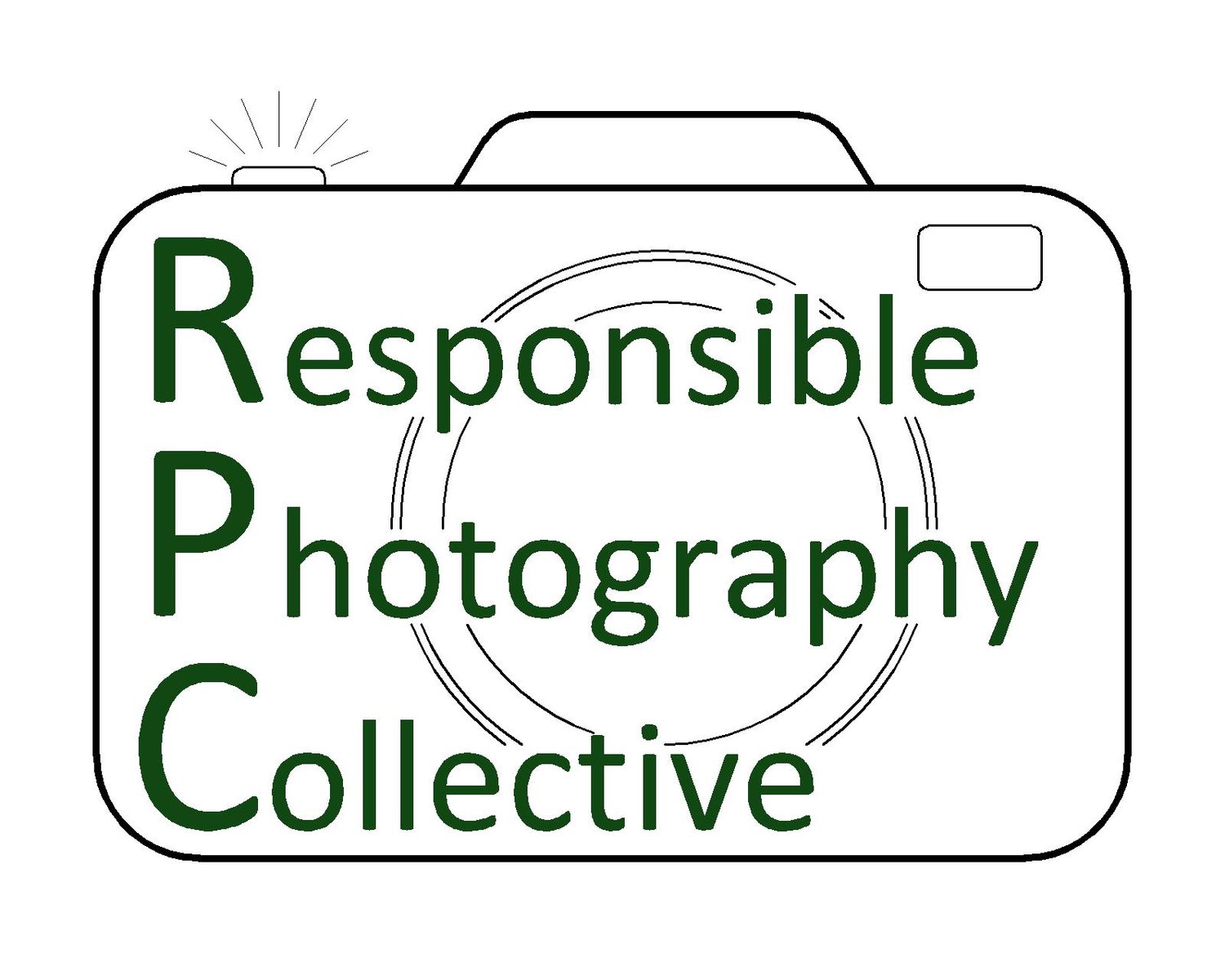The “Don’t Be a Jerk” Rule In Street Photography
Jun 3o Written by Angela Maloney
Encyclopedia Britannica defines street photography as “a genre of photography that records everyday life in a public place.” Consisting largely of candid photos of people going about their day-to-day lives, it fascinates many people for its ability to shine a spotlight on the wonders of human life. And, in a world where paparazzi exist, perhaps it also holds an aura of the forbidden. People love to look. But many are afraid to practice street photography themselves for fear of confrontation.
The law on street photography varies from country to country. But, in general, the rule is that a person lawfully in a public place can legally take photos of what they can see. The reasoning is that there is no expectation of privacy when one is out in public. This is why it’s legal for security cameras to look out on the streets or for paparazzi to photograph celebrities when they are out in public.
A man dancing by himself on the street while a scooter and a four wheeler pass behind him.
Common exceptions to the general right to take photos in public include spaces where privacy is expected or military or civil infrastructure. This is why one does not normally see paparazzi photos of celebrities in their homes.
But what the law allows is what a person can do. It doesn’t answer the question of what one should do. Just because something is legal doesn’t mean it’s a great idea. And people often are unaware that photographers actually can take their photo in public, even without their permission. That’s where the “don’t be a jerk” rule comes in as a way to avoid confrontation and to assure we are handling ourselves responsibly.
First of all, let’s take a simple situation. If someone asks you not to take their photo, just don’t take it. If they ask you to delete it, delete it. That’s an easy way to avoid being a jerk in those situations.
An activist leads a protest at the U.S. Supreme Court following the overruling of a federal constitutional right to abortion.
An easy way of making sure people will be happy to have their photo taken is to take photos in situations where people want to be photographed. Protests are a good example of this because people want their message to be heard. Whether you are a hobbyist or a professional working for the New York Times, protest participants will often react to a camera pointed in their direction by making sure you get a good shot. Just make sure that you leave if the protest starts to turn violent.
People are also often happy to be photographed in parties. Apart from literal parties, I enjoy street photography in the nightlife districts of major cities. People are in good spirits, they are in the mood to party, and they often stop me to ask me to take their photos. In fact, in all the nightlife photography I have done, I don’t think there has been one night when people did not stop me and ask me to take an impromptu street portrait of them.
A man holds a woman in his arms while she buries her head against his chest.
But, in most situations, a street photographer is taking candid photos of people who will usually express no preference whatsoever. This is where the “don’t be a jerk rule” gets more complicated. Applying it becomes a very personal matter and the key is to think about why you are taking street photography at all. Then pursue your goals as kindly as possible.
I take street photographs because I find human beings fascinating. I do it as an artistic exercise and a way to try and make people see the extraordinary that exists within the ordinary. Exploiting people, making them look bad or silly, and embarrassing them are simply not on the list.
My values lead me to avoid photographing homeless people and, in most cases, street musicians. One can create powerful images involving homeless people. Other people have, and I don’t criticize them for doing so. But I find it hard to photograph the homeless without feeling that I am taking advantage of their misfortune to boost my own income, joy, and recreational opportunities.
The issue with street musicians is different. They are visible, they want to attract attention, and they usually draw crowds of cell phone photographers who do take their photos. But I avoid them because they are simply too easy. Unless there’s something unusual about them, I don’t take their photos at all.
At the end of the day, the true secret to avoiding confrontations in street photography is to treat others with respect. We all know how to do that. That’s how the “don’t be a jerk” rule works, and it’s how we can be responsible photographers of the street.



